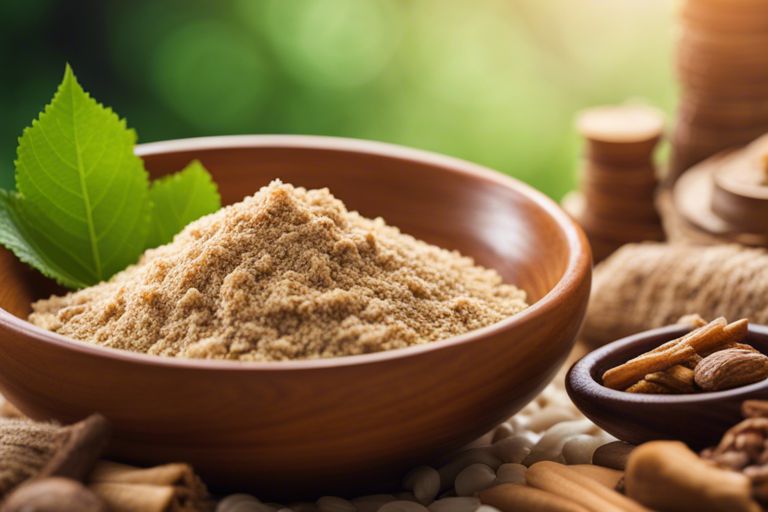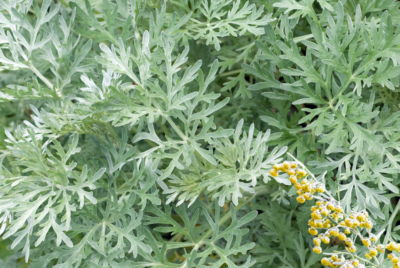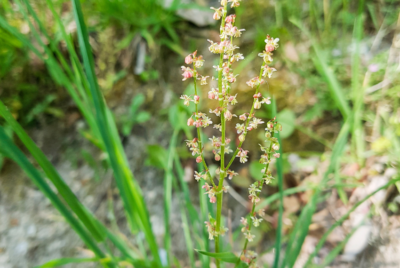Slippery Elm for Gastritis
You may have heard about the numerous benefits of slippery elm for treating digestive issues, but do you know just how powerful this natural remedy can be for healing your gut? Slippery elm, derived from the inner bark of the slippery elm tree, soothes and heals, alleviating gastrointestinal problems like irritation, inflammation, and diarrhea. Whether you suffer from acid reflux, ulcers, or IBS, adding slippery elm to your dietary regimen could be the missing piece to your digestive health puzzle. Let’s explore how this powerful herb can transform your gut health and why it’s a must-have for anyone looking to naturally nurture their digestive system.

Key Takeaways:
- Slippery Elm is a natural remedy that can heal and soothe the gut lining, reducing inflammation and promoting overall digestive health.
- It can be incorporated into your diet easily by mixing the powder with water, smoothies, or soups.
- Slippery Elm is known for its demulcent properties, which form a protective barrier in the digestive tract to aid in healing.
- Regular consumption of Slippery Elm can help alleviate symptoms of gastrointestinal issues such as heartburn, indigestion, and irritable bowel syndrome.
- Consult with a healthcare provider before adding Slippery Elm to your diet, especially if you are pregnant, breastfeeding, or taking medications.

What is Slippery Elm?
Now, let’s examine into the world of slippery elm and discover why it is a dietary must-have for gut health.
Historical Uses
On historical grounds, slippery elm has been utilized by Native Americans for centuries due to its healing properties. They used the inner bark of the slippery elm tree to create a soothing gel for various ailments, including digestive issues, sore throats, and wounds.
Furthermore, during the American Revolutionary War, soldiers consumed slippery elm porridge as a source of sustenance when food was scarce, highlighting its nutritional benefits and versatility.
Modern Understanding
Understanding the modern perspective on slippery elm reveals its effectiveness in treating gastrointestinal conditions. Studies have shown that slippery elm contains mucilage, a gel-like substance that coats and soothes the digestive tract, reducing inflammation and promoting the healing of ulcers and irritations.
Modern research has also indicated that slippery elm can help manage conditions such as acid reflux, irritable bowel syndrome, and ulcerative colitis, making it a valuable natural remedy for individuals seeking to improve their gut health.
Modern studies have further explored the prebiotic potential of slippery elm, suggesting that it may support the growth of beneficial gut bacteria, contributing to a healthier gut microbiome.

How Slippery Elm Benefits Women Sexually
Slippery Elm, a natural herbal remedy, is known for its mucilaginous properties, which means it becomes gel-like when mixed with water. This characteristic can provide several benefits for women, particularly in the context of sexual health and vaginal wetness:
- Natural Lubrication: The mucilage in Slippery Elm can help increase vaginal moisture, making it a natural option for women experiencing vaginal dryness. This can enhance comfort during intercourse and reduce friction.
- Soothing Irritation: Slippery Elm has anti-inflammatory properties, which can soothe irritation and inflammation in the vaginal area. This can be beneficial for women who experience discomfort due to dryness or other conditions.
- Supporting Overall Vaginal Health: By maintaining moisture and reducing irritation, Slippery Elm can support overall vaginal health, potentially improving sexual comfort and satisfaction.
- Balancing pH Levels: Maintaining an optimal vaginal pH is important for preventing infections and discomfort. Slippery Elm may help balance these levels, promoting a healthier vaginal environment.
Before using Slippery Elm for sexual health or any other condition, it’s important to consult with a healthcare professional to ensure it’s appropriate for your individual needs.
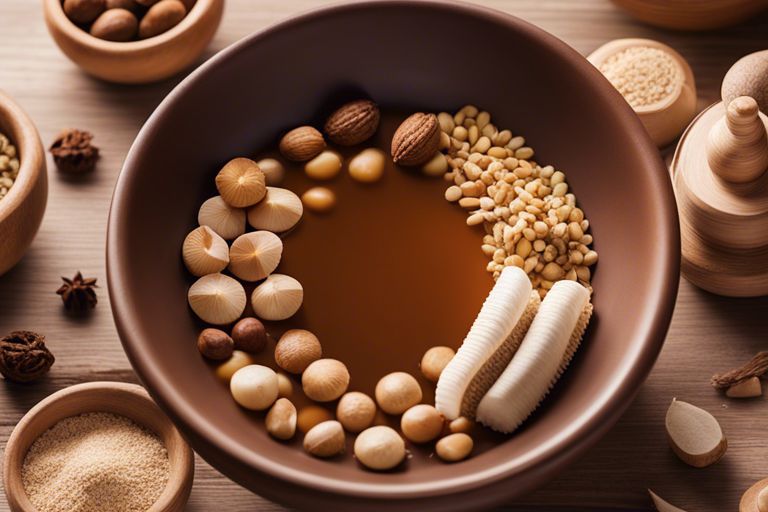
The Science Behind Slippery Elm
If you’ve ever wondered about the magic behind slippery elm and its renowned health benefits, you’re in the right place. In this chapter, we’ll dive deep into the science that makes this natural remedy a must-have for your dietary routine.
Healing Properties
Behind every spoonful of slippery elm lies a treasure trove of healing properties that can work wonders for your gut health. Rich in mucilage, a gel-like substance that becomes slick when mixed with water, slippery elm forms a protective layer along the digestive tract, soothing irritation and inflammation. Regular consumption of slippery elm can aid in healing and repairing the gut lining, providing relief for conditions such as gastritis, acid reflux, and irritable bowel syndrome.
Effects on the Digestive System
Digestive wellness is at the core of slippery elm’s benefits, as it has a gentle yet potent impact on the digestive system. By forming a protective coating over the stomach and intestines, slippery elm helps in easing the discomfort associated with digestive issues. For instance, it can alleviate symptoms of diarrhea, constipation, and bloating, promoting regularity and overall digestive comfort.
For instance, the mucilage content in slippery elm acts as a prebiotic, fostering the growth of beneficial bacteria in the gut. This not only enhances digestion but also supports immune function and overall well-being.
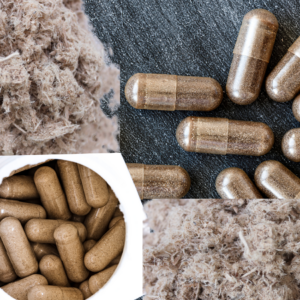
Incorporating Slippery Elm into Your Diet
Keep your gut happy and healthy by incorporating slippery elm into your daily diet. This natural remedy has been used for centuries to soothe digestive issues and promote overall gut health. Let’s explore the different forms of slippery elm and some delicious ways to include it in your meals.
Forms of Slippery Elm
An easy way to enjoy the benefits of slippery elm is by using it in powder form. You can mix the powder into smoothies, yogurt, or oatmeal for a nutritious boost. Another common form is capsules, which provide a convenient way to take slippery elm on the go.
If you prefer a more traditional approach, slippery elm lozenges are a tasty option. These soothing treats can help relieve throat irritation while also supporting your digestive system.
Delicious Recipes and Tips
For a delicious and gut-friendly dessert, try making slippery elm pudding. Simply mix the powder with almond milk, honey, and cinnamon for a tasty treat that will also promote digestive health. Another idea is to incorporate slippery elm into homemade energy balls or granola bars for a nutritious snack on the run.
The key is to get creative with how you use slippery elm in your cooking. Whether you sprinkle the powder on salads or add it to soups and stews, there are endless ways to enjoy the benefits of this healing herb in your daily meals.
For even more inspiration, check out our collection of slippery elm recipes that will keep your gut happy and your taste buds satisfied.
- Slippery elm smoothie bowl
- Slippery elm ginger tea
- Slippery elm overnight oats
The possibilities are endless when it comes to incorporating slippery elm into your diet. Experiment with different recipes and find what works best for you and your digestive health. The key is to have fun with it and enjoy the benefits for your gut.
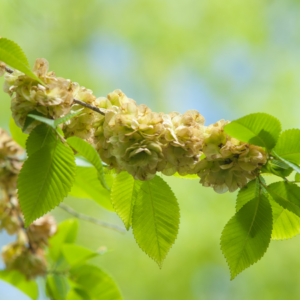
Slippery Elm for Gastritis – Precautions and Recommendations
Dosages and Side Effects
Precautions: When taking slippery elm, it is important to follow recommended dosages to prevent any potential side effects. It is always a good idea to start with a lower dose and gradually increase it as needed. This will help your body adjust to the supplement and reduce the risk of gastrointestinal issues.
Side Effects: While slippery elm is generally safe for most people, some individuals may experience mild side effects such as nausea, stomach upset, or allergic reactions. If you experience any of these symptoms, discontinue use and consult with a healthcare provider.
When to Speak With a Healthcare Provider
Precautions: If you are pregnant, breastfeeding, or have any existing health conditions, it is important to consult with a healthcare provider before incorporating slippery elm into your diet. They can provide guidance on the appropriate dosage and monitor for any potential interactions with medications.
On When to Speak With a Healthcare Provider: Speak with a healthcare provider if you experience severe gastrointestinal symptoms, persistent allergic reactions, or if you are unsure about the appropriate dosage.. Your healthcare provider can offer personalized advice based on your individual health needs.
When considering using slippery elm as a dietary supplement, always prioritize your health and well-being. Consulting with a healthcare provider will ensure that you are incorporating it safely and effectively into your wellness routine.
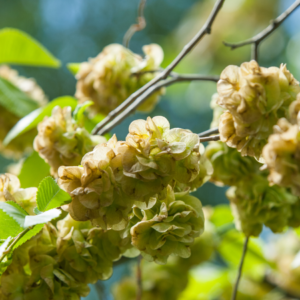
Final Words on Slippery Elm for Gastritis
Drawing together all the benefits of slippery elm for gut health, it’s clear that this natural remedy is a dietary must-have for those looking to heal and support their digestive system. Whether consumed in powder form, capsules, or as a soothing tea, slippery elm can provide relief from various digestive issues, reduce inflammation, and promote overall gut health. By incorporating slippery elm into your daily routine, you can nourish and heal your gut naturally, leading to improved digestion and overall well-being. Give this gentle yet powerful herb a try and feel the difference it can make in supporting your digestive health.

FAQ’s about Slippery Elm for Gastritis
Q: What is Slippery Elm?
A: Slippery Elm is a herbal remedy made from the inner bark of the slippery elm tree. It has been used for centuries to aid in digestive health.
Q: How does Slippery Elm help heal your gut?
A: Slippery Elm is perfect for gastritis because contains mucilage, a substance that becomes a gel-like consistency when mixed with water. This mucilage coats and soothes the digestive tract, helping to reduce inflammation and irritation.
Q: How can I incorporate Slippery Elm into my diet?
A: You can take Slippery Elm in various forms, such as capsules, powder, or as a tea. It can be easily added to smoothies, soups, or even used as a natural thickener in sauces.
Q: What are the benefits of using Slippery Elm for gut health?
A: Slippery Elm can help improve symptoms of conditions like irritable bowel syndrome (IBS), for gastritis, acid reflux, and inflammatory bowel diseases by promoting a healthy mucous lining in the digestive tract.
Q: Are there any precautions to consider when using Slippery Elm?
A: While Slippery Elm is considered safe for most people, it’s always best to consult with a healthcare provider before trying any new supplement, especially if you are pregnant or breast feeding.
Q: how long does it take for slippery elm to work for wetness for women?
A: The time it takes for Slippery Elm to work for increasing vaginal wetness can vary based on several factors, including the individual’s body, the form in which the herb is consumed, and the dosage. Generally, some women may start to notice benefits within a few days to a week of regular use.
Considerations:
- Form of Use: Slippery Elm is available in various forms such as capsules, teas, and powders. The form can influence how quickly it works. For example, teas and powders might be absorbed more quickly than capsules.
- Dosage: The amount taken can also impact how soon benefits are noticed. It’s important to follow recommended dosages and consult with a healthcare provider for personalized advice.
- Consistency: Regular, consistent use is key. Skipping doses or irregular use might delay the desired effects.
General Timeline:
- Initial Use: Some individuals may notice an improvement in vaginal moisture within a few days.
- One Week: Many may start to experience noticeable benefits within a week of consistent use.
- Longer Term: For others, it may take a few weeks of regular consumption to see significant improvements.
If you’re considering using Slippery Elm for vaginal wetness, it’s best to monitor your body’s response and consult with a healthcare professional to ensure it’s a safe and effective option for you.
Q: Why do people use Marshmallow Root and Slippery Elm?
Angelica with Frieda Kipar Bay
Horehound Benefits of The Forgotten Herb
